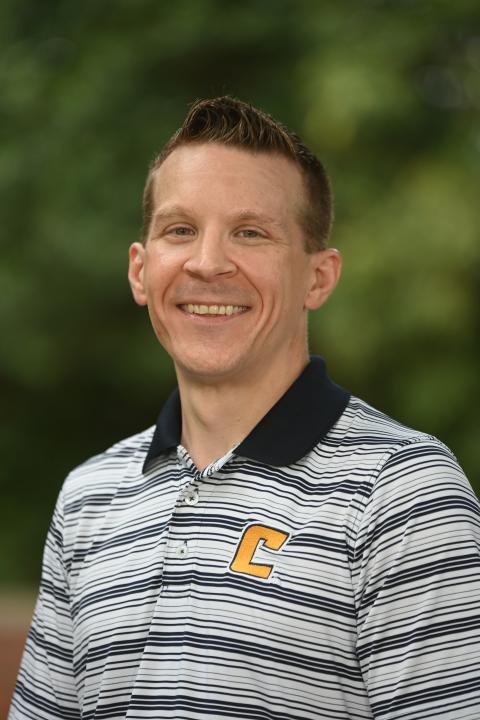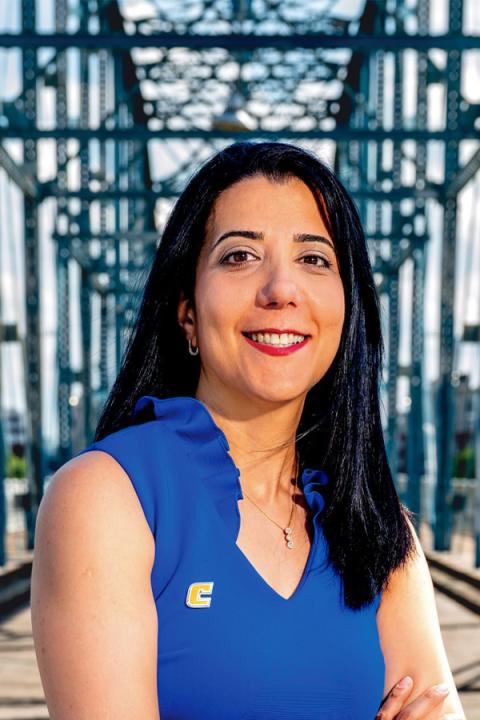Computational Science

Why is UTC's Computational Science Program Unique?
The PhD program is unique because it emphasizes interdisciplinary teamwork and is integrated with a research center to prepare graduates to develop and apply advanced modeling, simulation, and optimization software for a broad range of real-world scientific analysis, data-driven discovery, and product design solutions.
The Computational Science curriculum offers broad exposure to applied mathematics, scientific computing, and a science or engineering application area. Due to the wide scope of this interdisciplinary program, various concentration areas are available. These concentration areas allow for flexibility, and may evolve as needed, to address educational and research priorities of national and global interest.
The program offers opportunities for significant interaction with multiple faculty and researchers across the UTC campus. Each individual students research topic is integrated with the research being carried out at the various academic departments in addition to dedicated research organizations such as the Research Institute and CUIP. Students participate in team research focused on real-world problems and are prepared to enter the workforce and make immediate contributions.
The core research of the Computational Science program is intended to establish leadership in critical technology areas affecting sustainable energy, environment, health and biological systems, advanced manufacturing, security, and defense.
To achieve technological advancements in these research areas, combined inter-related topics are required including (but not limited to):
- Physical and mathematical modeling
- Computational geometry and grid generation
- High-performance computing
- Data Analytics
- Scientific visualization
- Mathematics of computation
- Solution algorithms and methodology
- Computational design and optimization
- Software systems and user interfaces
Available PhD Programs
- Computational Engineering Catalog ⇾
- Computer Science PhD program information ⇾
- Computational and Applied Mathematics program information ⇾
4353df97-8ee0-41ca-b7c2-9e8d0a702e90

Computational Science PhD Program Coordinator
Dr. Kidambi Sreenivas
Professor, Mechanical Engineering
225 MDRB
423-425-5506 (ph)
[email protected]

Computational Engineering Concentration
Dr. Donald R. Reising
Associate Professor, Electrical Engineering
331E EMCS
423-425-4396 (ph)
[email protected]

Computer Science Concentration
Dr. Mina Sartipi
UC Foundation Professor and Computational Science PhD: Computer Science Graduate Coordinator
314F EMCS
423-425-5336 (ph)
[email protected]
Computational and Applied Mathematics Concentration
Dr. Lakmali Weerasena
Associate Professor, Department of Mathematics
333 Lupton
423-425-4577 (ph)
[email protected]

General Information
Amy S. Campbell
Assistant to the Graduate School Dean
The Graduate School
Dept. 5305, Race 106
423-425-4478 (ph)
[email protected]